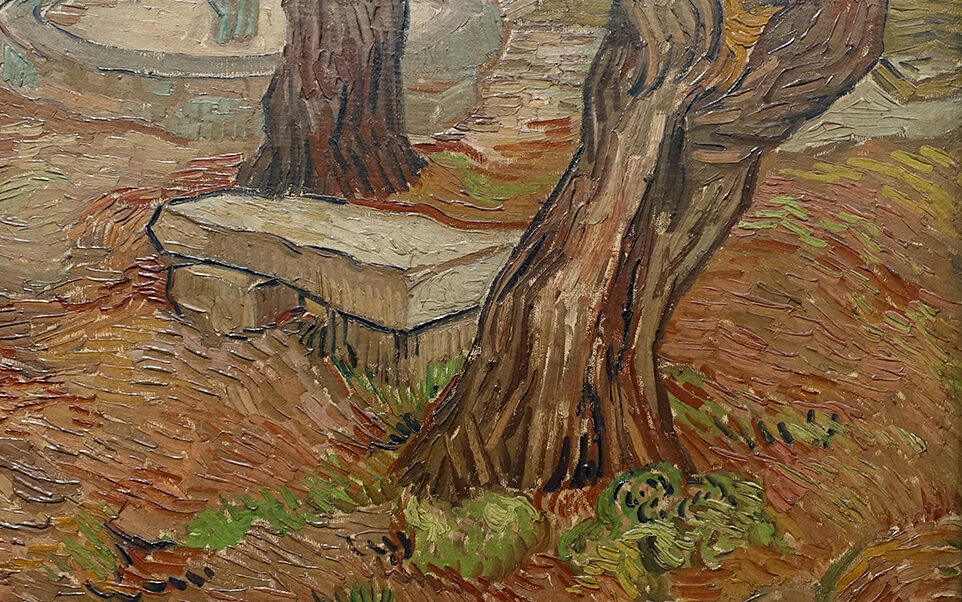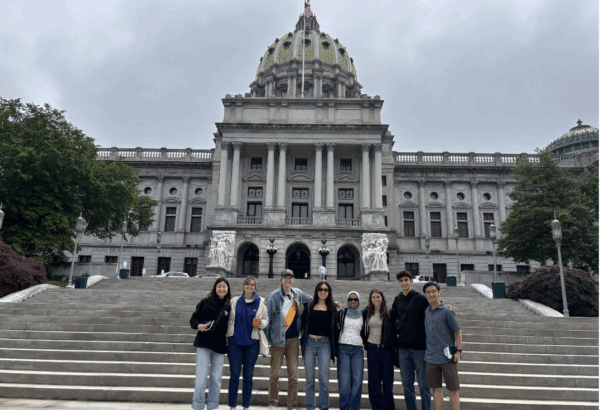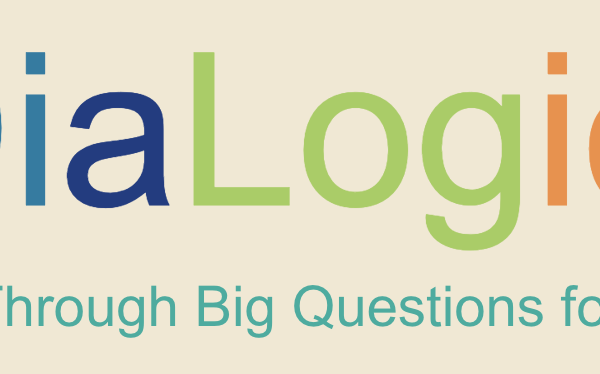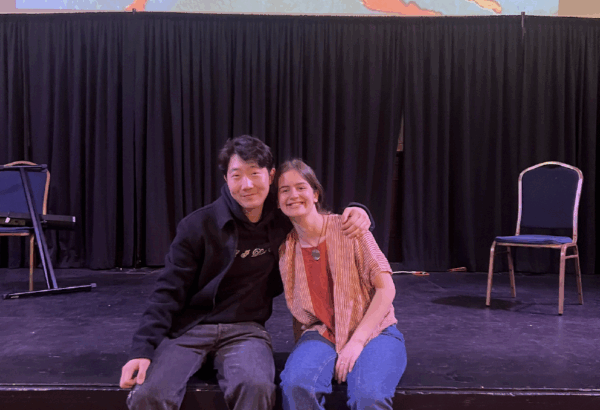Journalist Lauren Collins discussing video calls in a recent New Yorker article says, “It is hard to just be when you’re on a call, hard to see when you’re constantly looking.”
Here Collins suggests that attentiveness, the ability to “just be,” is what allows us to see rather than just to look.
We can take that one step further. If you can learn to see, can you take that into conversation so that you can connect to someone else out of that same place of attentiveness more meaningfully than mere volleying words back and forth?
One practice that can help develop both is called visio divina or “holy seeing”. It simply involves spending some time with a piece of art or a specific natural object. Studies place the amount of time individuals spend looking at one painting in an art museum anywhere from three seconds to seventeen seconds. What if you spent five minutes or even ten minutes with one painting? Want to try it? Spend some time with Vincent Van Gogh’s “Bench at Saint Remy” (1889). What do you see?
A step further would be to do this in community. Find another person. Spend five or ten minutes in silence looking at the painting. Then discuss what you saw. If you then move on to discussing a political or social issue, note if the conversation is altered at all.
I have started civic dialogues with intergenerational, diverse groups this way. We first spend some time in visio divina, then we engage the political or social issue. Connections are made through the silent attentiveness spent really seeing together. Discussion reveals that people see the same image differently, bringing varied interpretations or emphasis to features of the painting. It can lead to a grounding of respect and trust that carries through to the next part of the conversation, even when people do not see the political or social issue the same way.
According to some of his letters, it is believed that Van Gogh painted this while recovering in the hospital at St. Remy. It is a scene he may have looked at frequently from his hospital bed. A scene he learned to truly see is one that can teach us to see better and then, in time, to dialogue better too.




